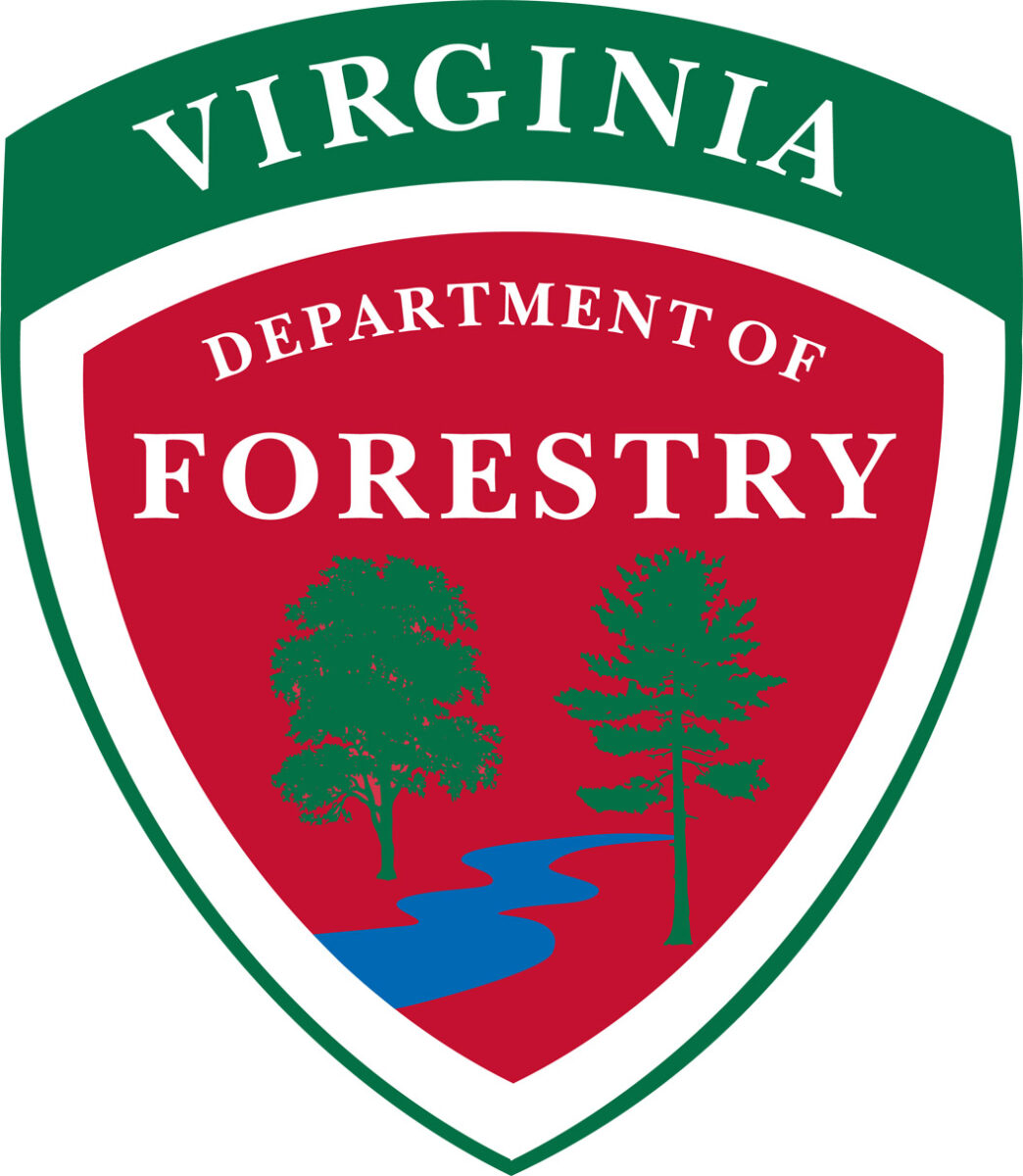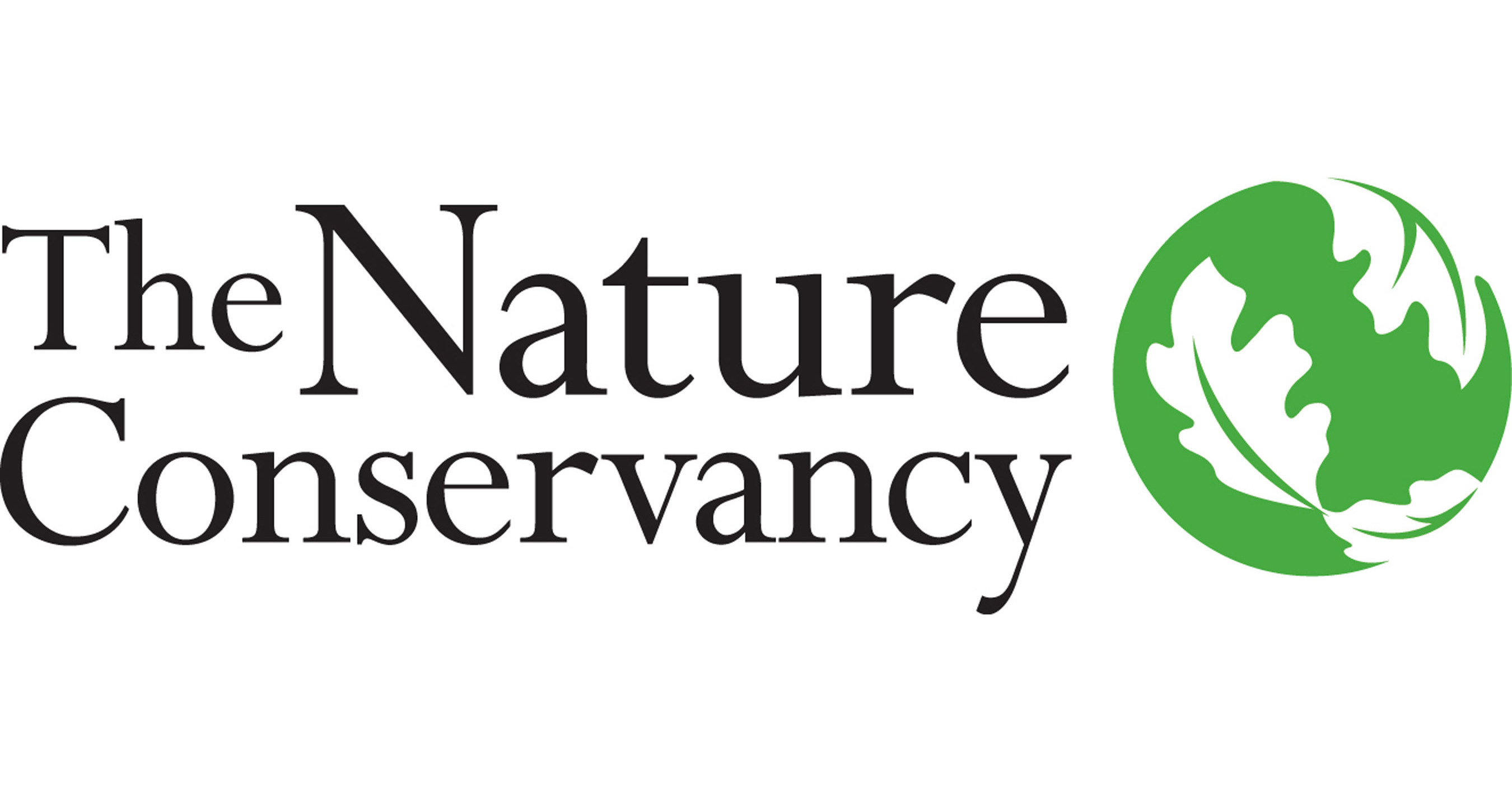Protecting Mariners’ Forest
As a historically untouched forest in an urban area, Mariners’ Forest houses a unique collection of native plants. The Forest is significant for research and native habitat preservation. The Mariners’ team pursues many initiatives to ensure the health of this incredible resource for generations to come.
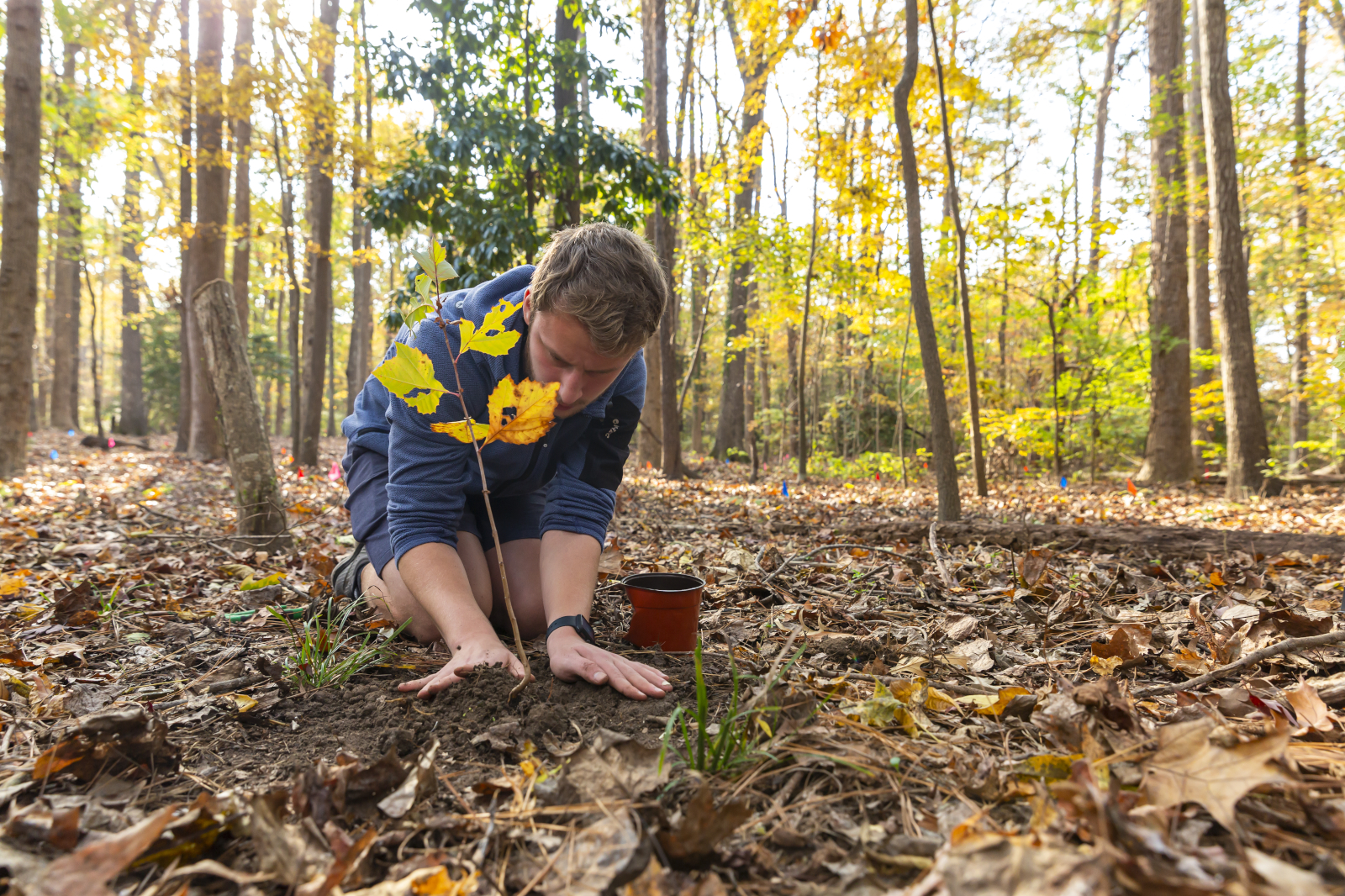
Forest Restoration
Community Forest Management Plan
In 2020, the Virginia Department of Forestry conducted a comprehensive study of more than 300 acres of forest in Mariners’ Park. The results provided a personalized Community Forest Management Plan to aid the Park team as they strive to build and maintain a healthy, vigorous, and sustainable forest canopy in the heart of Newport News. Forest stands with dense growths of invasive species have been prioritized to be removed and replaced with native species. Based on plan recommendations, the Park team and many volunteers have removed invasive species and thinned fast-growing hardwood trees.
Invasive Species Removal
As in many urban parks, invasive species grow throughout Mariners’ Park. Invasive species outcompete native species and often negatively impact the local environment. The most pervasive are English ivy, Japanese wisteria, Callery pear, Chinese privet, Oriental bittersweet, and Japanese honeysuckle. Through the Community Forest Management Plan, the Park Department has begun to remove these throughout large areas of the Park and replant the area with native species.
Habitat Restoration
With a clear path forward and to put the plan into action, the Community Forest Management Plan aided the Park Department in applying for multiple Virginia Trees for Clean Water grants. In the fall of 2020, 100,000 square feet of forest were reforested by removing several invasive plants and trees, replaced by 700 seedlings of shortleaf pine and 50 longleaf pine. These long-lived, fire-adapted species once dominated forests across the southeastern United States. It is estimated that less than 10 percent of their original stands remain today due to factors such as over-harvesting and improper land management.
In the spring and fall of 2021, an additional 100,000 square feet of forest were restored by removing invasive species and replacing them with 288 shortleaf pine, 96 pin oaks, 96 ironwood, 144 witch hazel, and 96 persimmons. If you’re on the Noland Trail, look for these sites near Bridge 9.
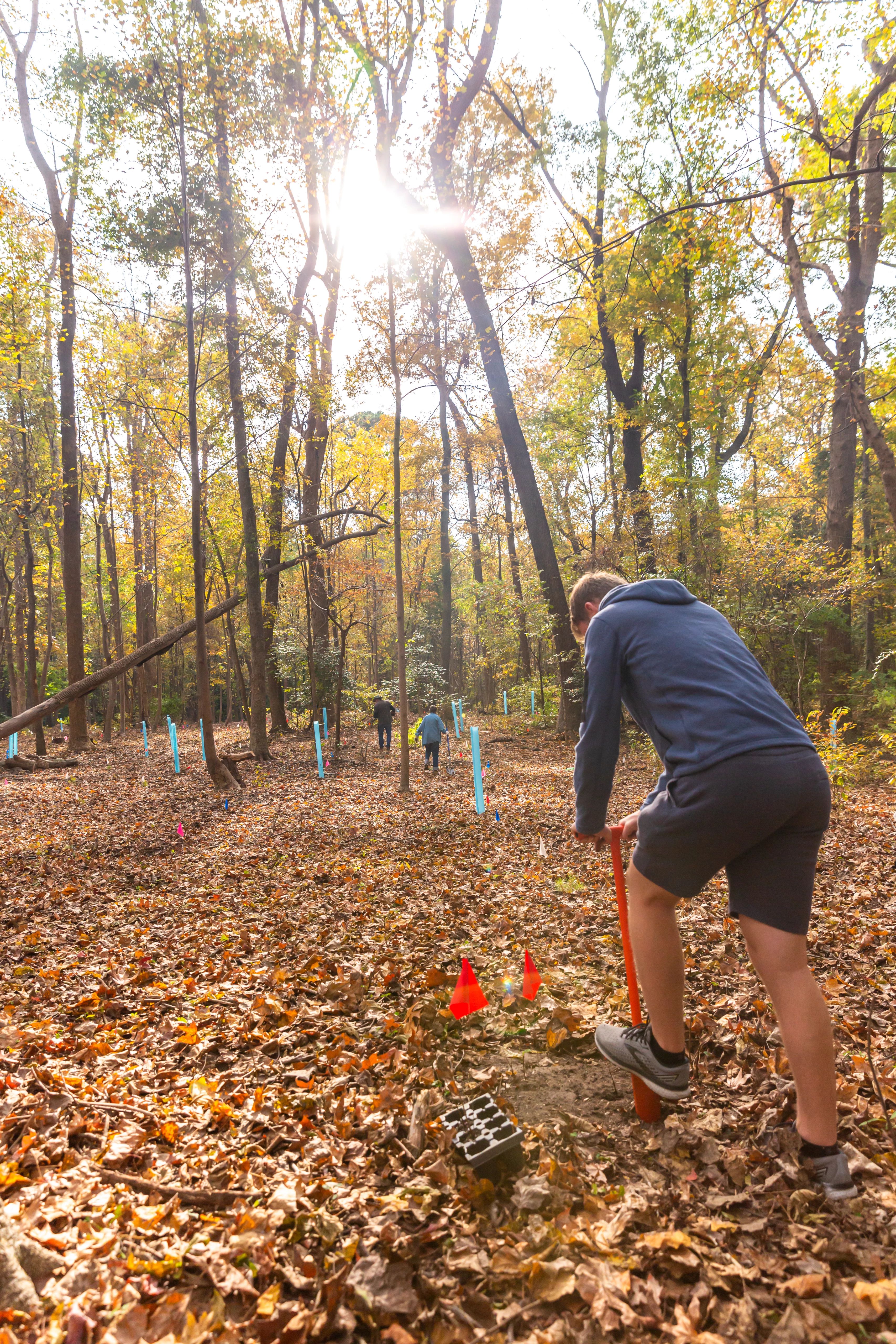
Trail Restoration
In 2021, the Noland Trail turned 30 years old! The last full resurfacing of the Trail took place in 2017. As the Park Department looks toward the next 30 years, resurfacing the Trail in sections happens yearly. In 2021, staff Trail technicians began resurfacing the first mile of the Noland Trail with funding from the City of Newport News CARES Act. Resurfacing involves resetting erosion barriers, covering exposed tree roots, adding more sand, clay, gravel, and stone dust, and inspecting and repairing bridges. A five-year rotation allows one mile to be resurfaced each year. Every sixth year, Meadow and Loop Road Paths are resurfaced. The Trail remains open during resurfacing.
Community Projects
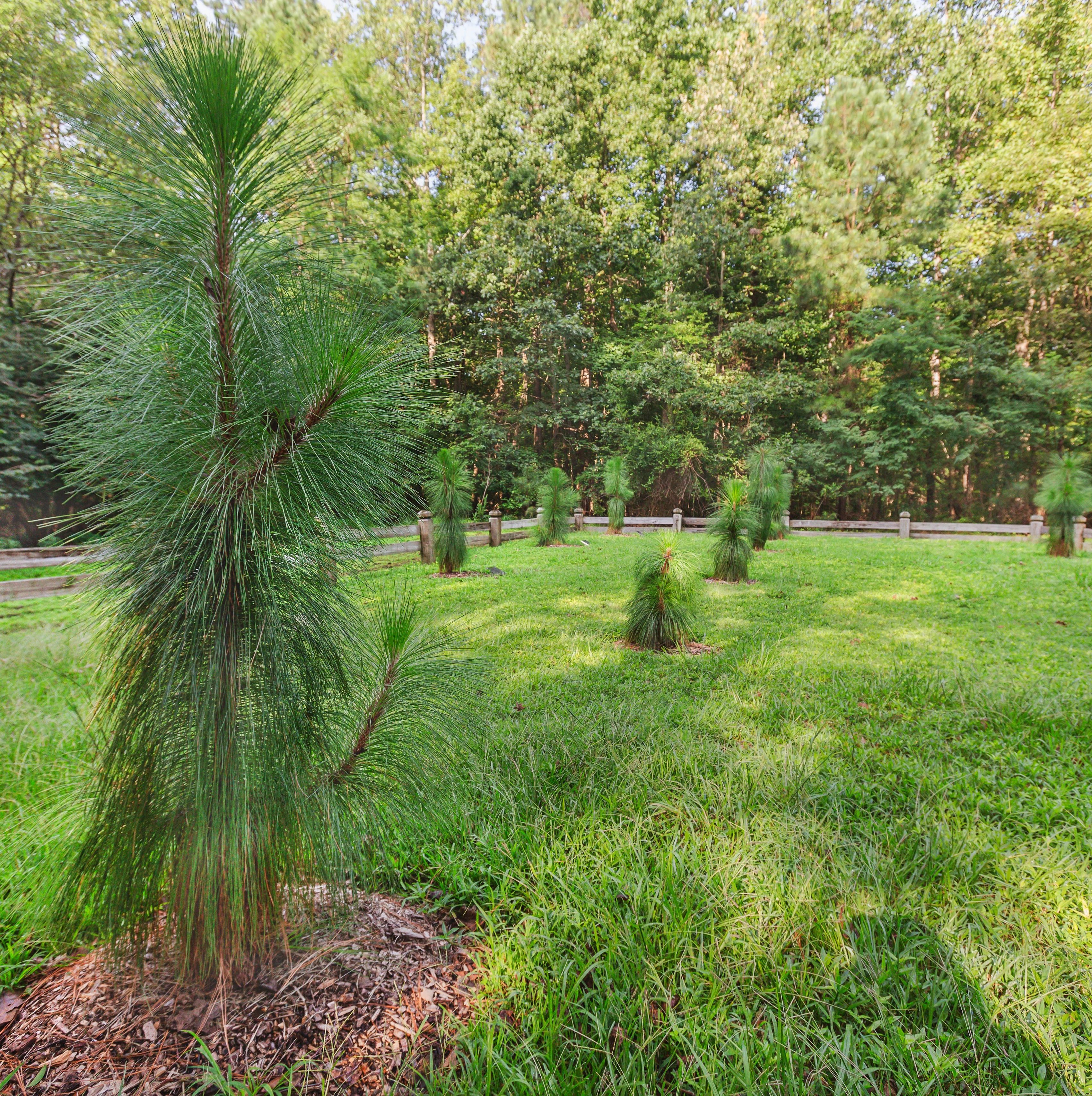
Longleaf Pine Garden
In 2017, in partnership with The Nature Conservancy and Newport News Shipbuilding, 13 longleaf pines were planted. The Longleaf Pine Grove, located at the end of Harvey Field, is a wonderful place to learn about longleaf pines and interact with these unique trees. Longleaf pines can grow well over 100 years, and native birds, such as the endangered red-cockaded woodpecker, use longleaf pines for their nests.
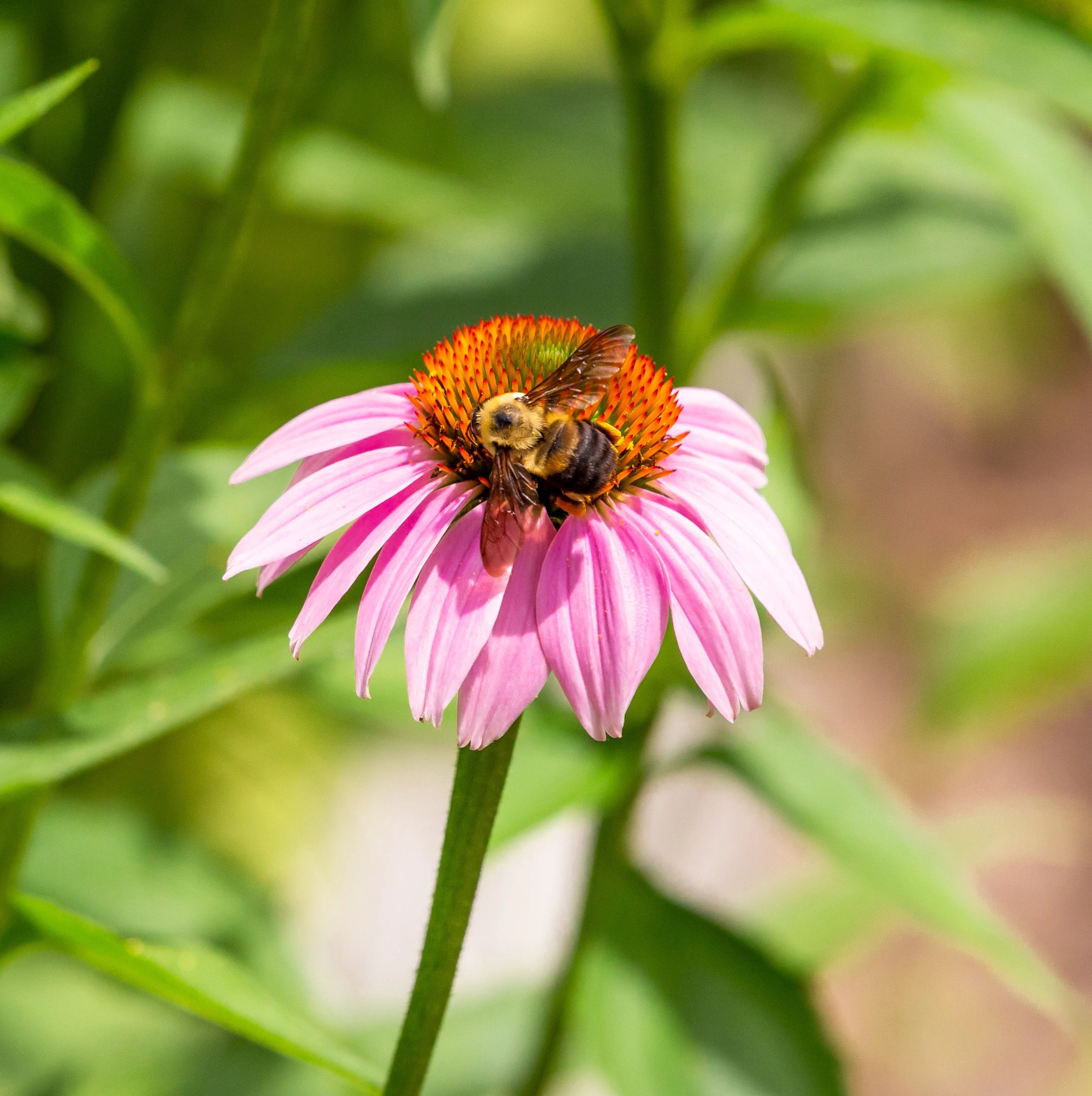
Bumblebee Learning Garden
The Bumblebee Learning Garden was built in 2019 through the support of numerous partners and volunteers, including Dominion Energy and The Nature Conservancy. The Garden is a pollinator-friendly space that changes and shifts with the seasons. The plants are native to Virginia and attract important native pollinators.
Research in Mariners’ Forest
Christopher Newport University has been a tremendous partner in advancing the research of the trees within Mariners’ Park. Many research projects are occurring, and one is building on the work of the first Park forester, George Mason. In April of 1933, Mason created the largest plant pressing collection of plants and trees in the Park with 285 individual plants. He donated that collection to the College of William & Mary’s Herbarium. In 2001, Dr. Janet Steven from CNU came across Mason’s collection in Dr. Harold Cones’s book, The Mariners’ Museum Park: The Making of an Urban Oasis. She saw the value in learning from those early pressings to document changes in plant habitats over time. Over the last seven years, Dr. Steven has worked with students to identify the plant species in Mariners’ Park today. She has identified about half of the plants from Mason’s original collection.
To learn more about this research project, visit our digital Ahoy!
Conservation at The Mariners’ Museum and Park
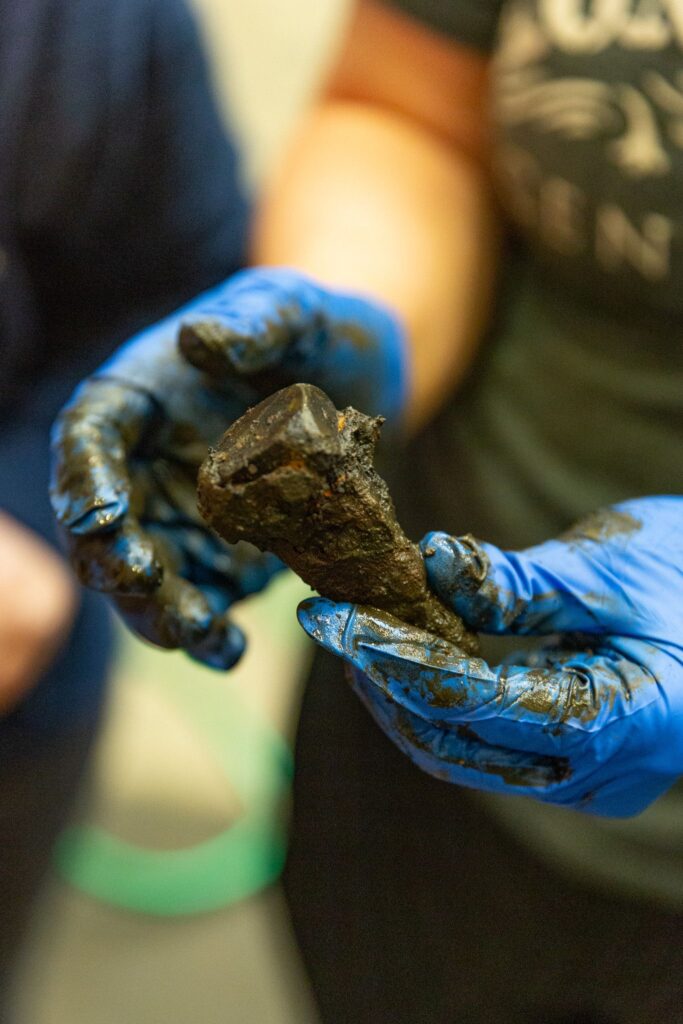
Thanks to All of Our Partners!
Mariners’ Forest initiatives and progress would not be possible without the community members and partners that propel the Park into its next century. Thank you!

